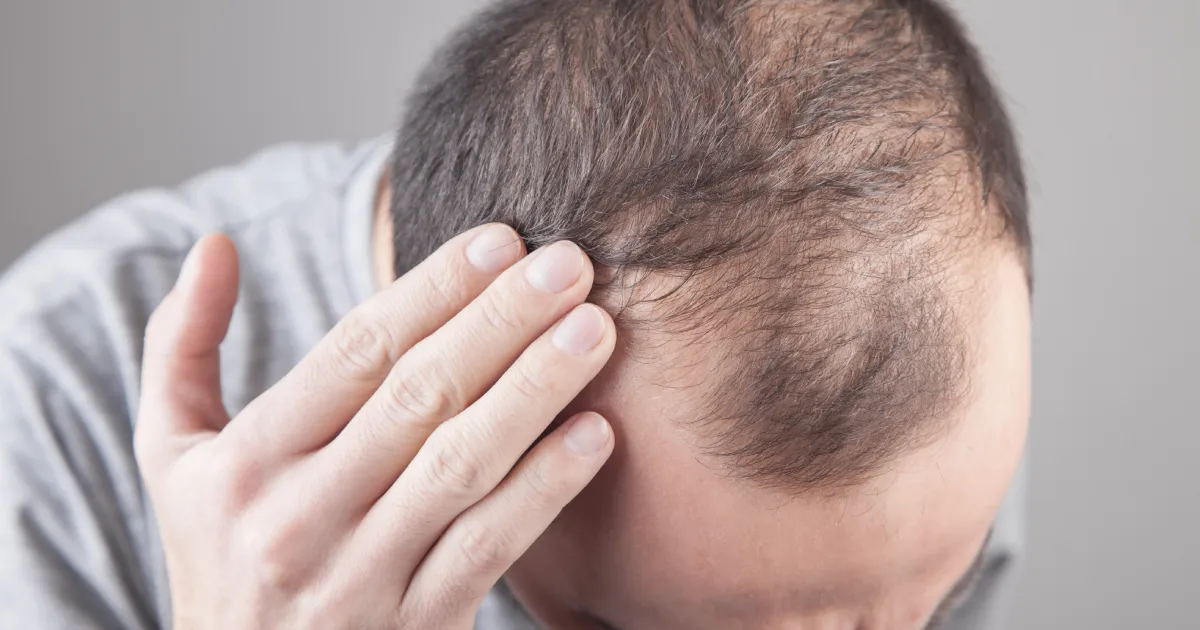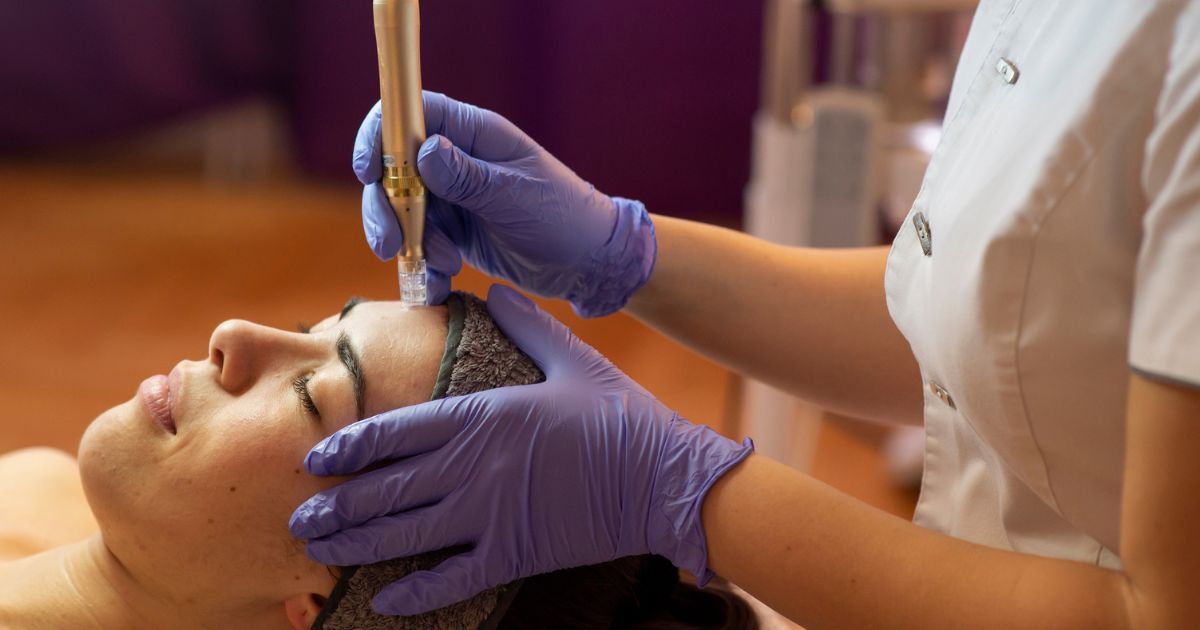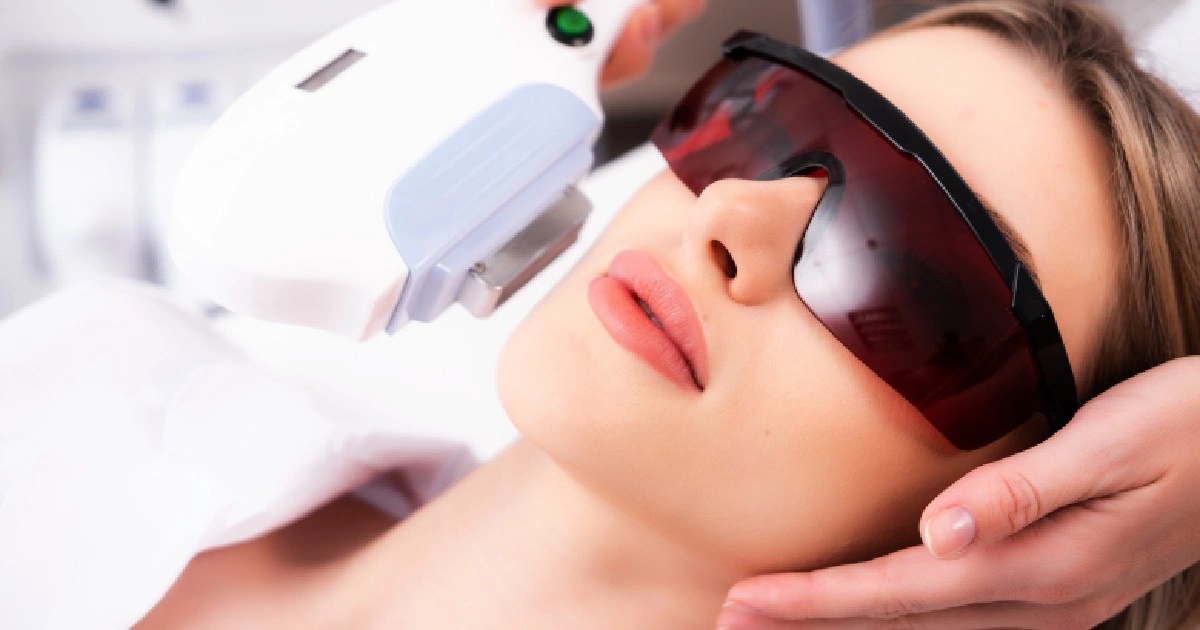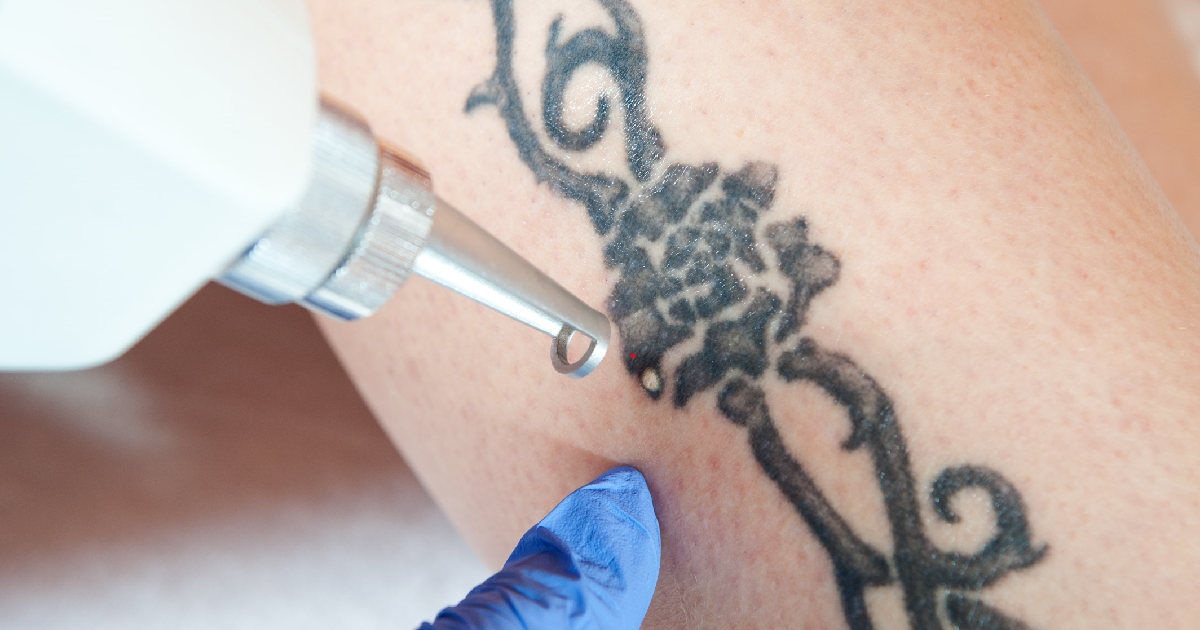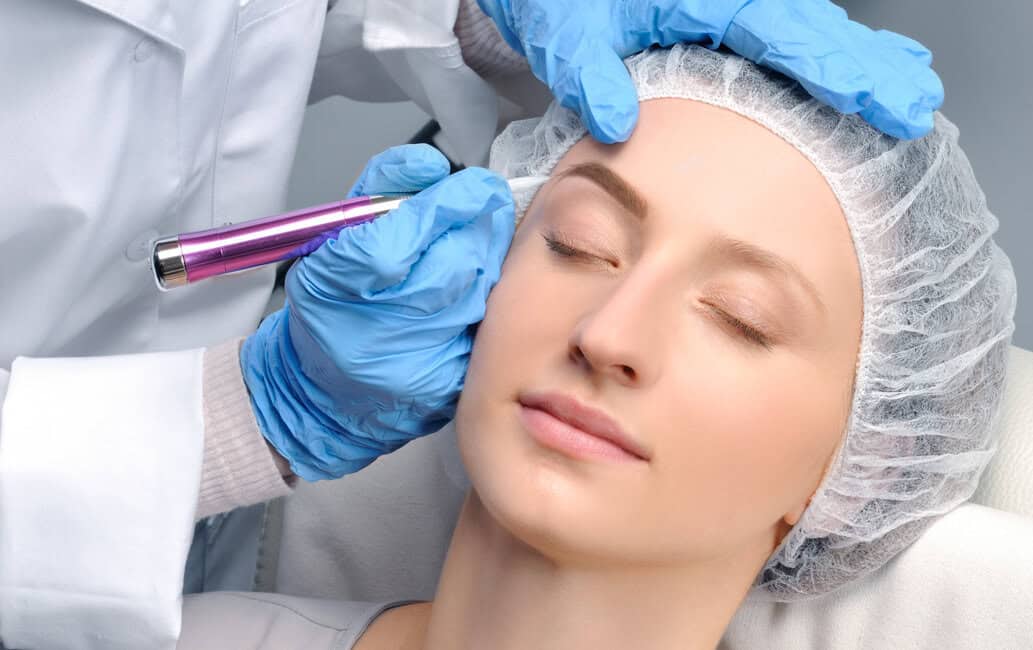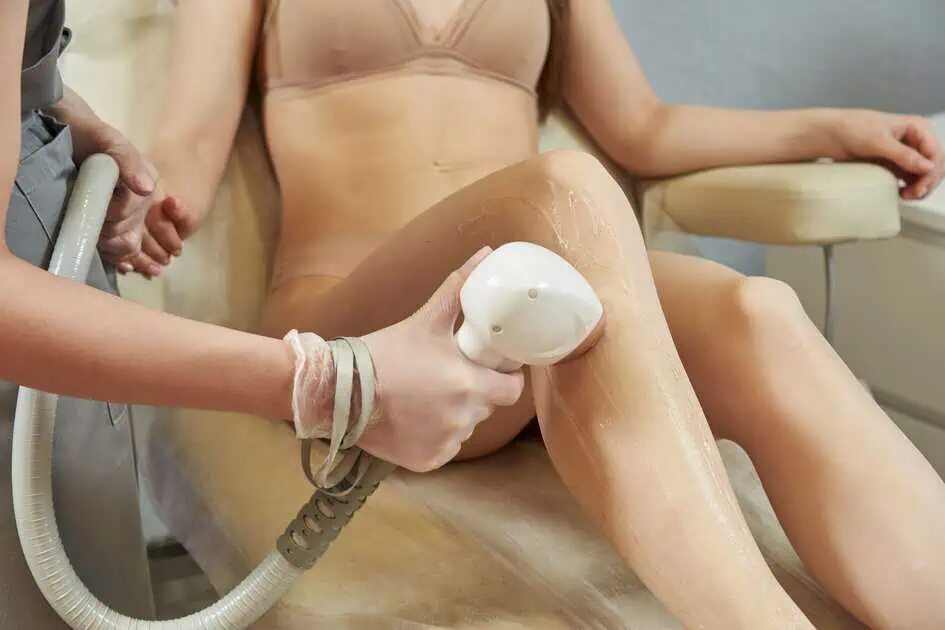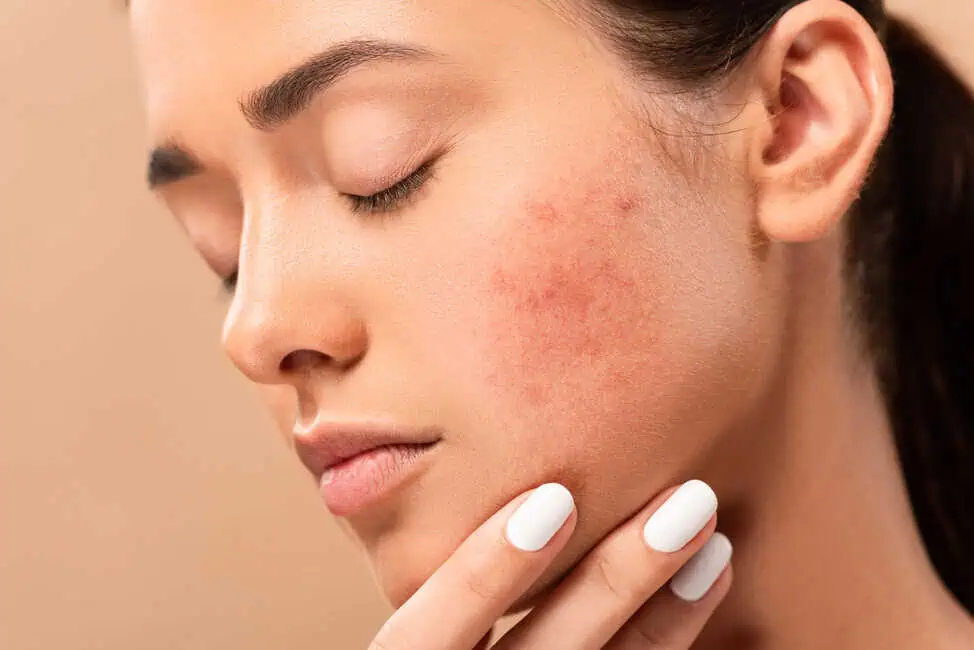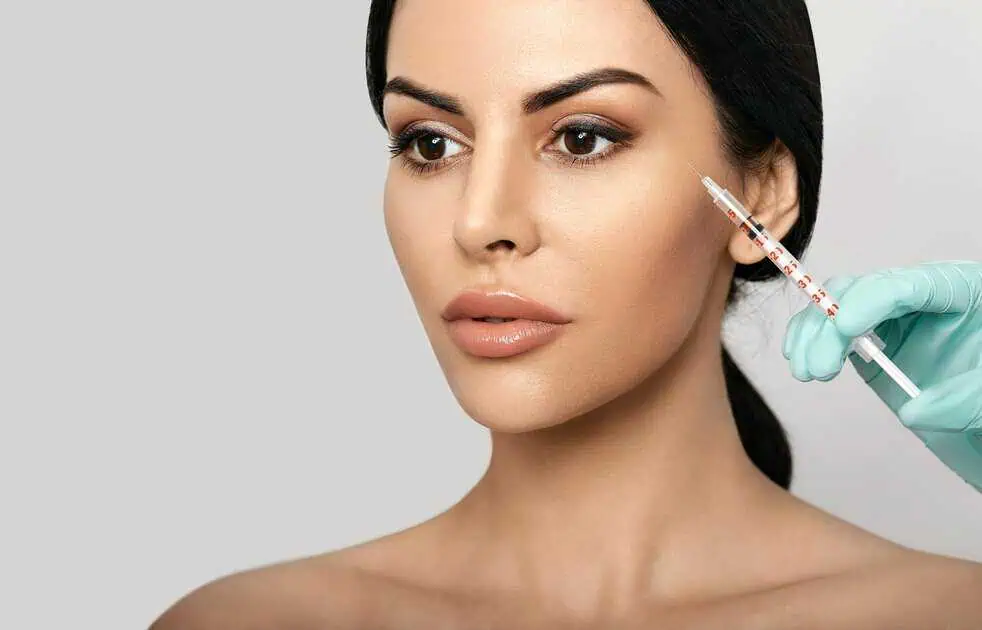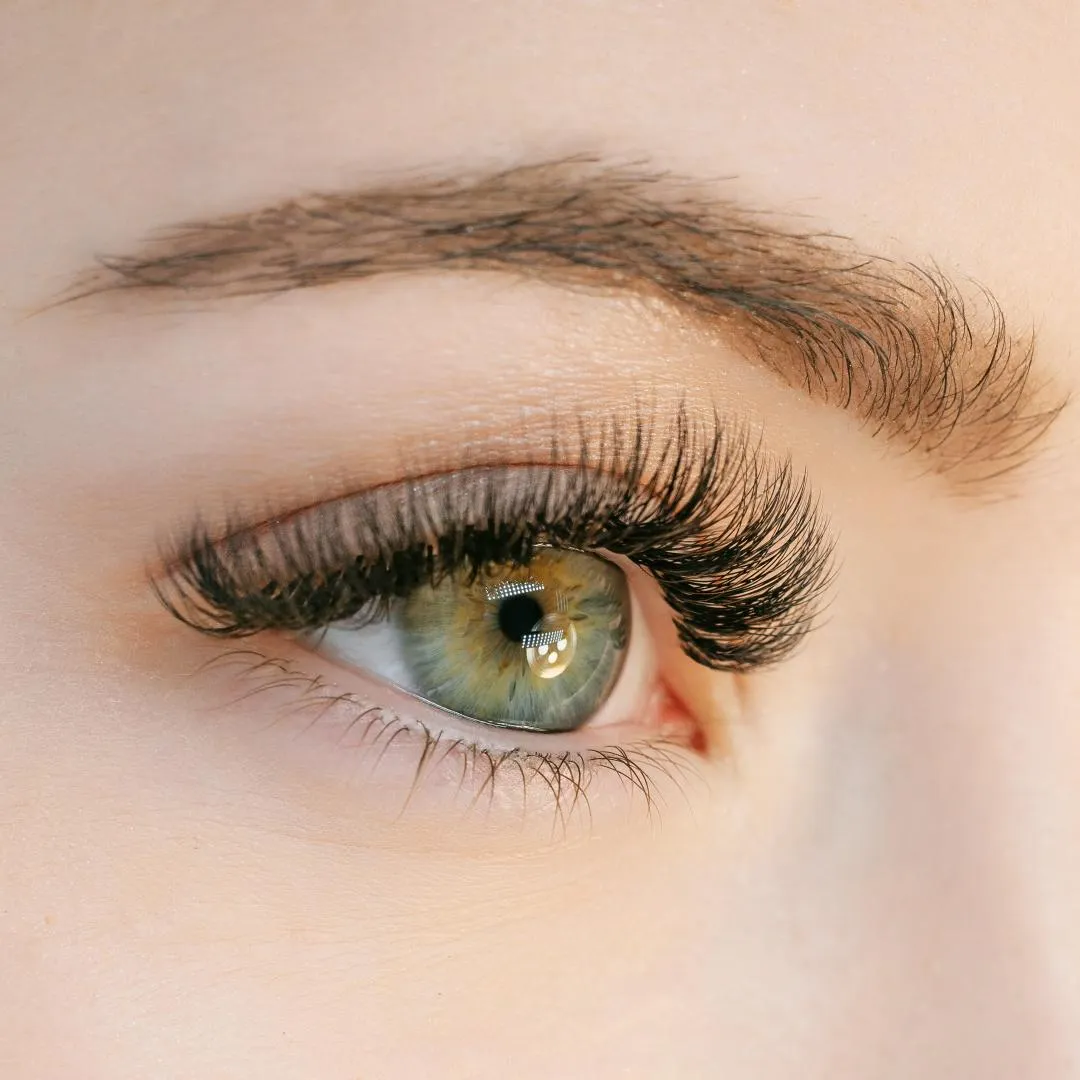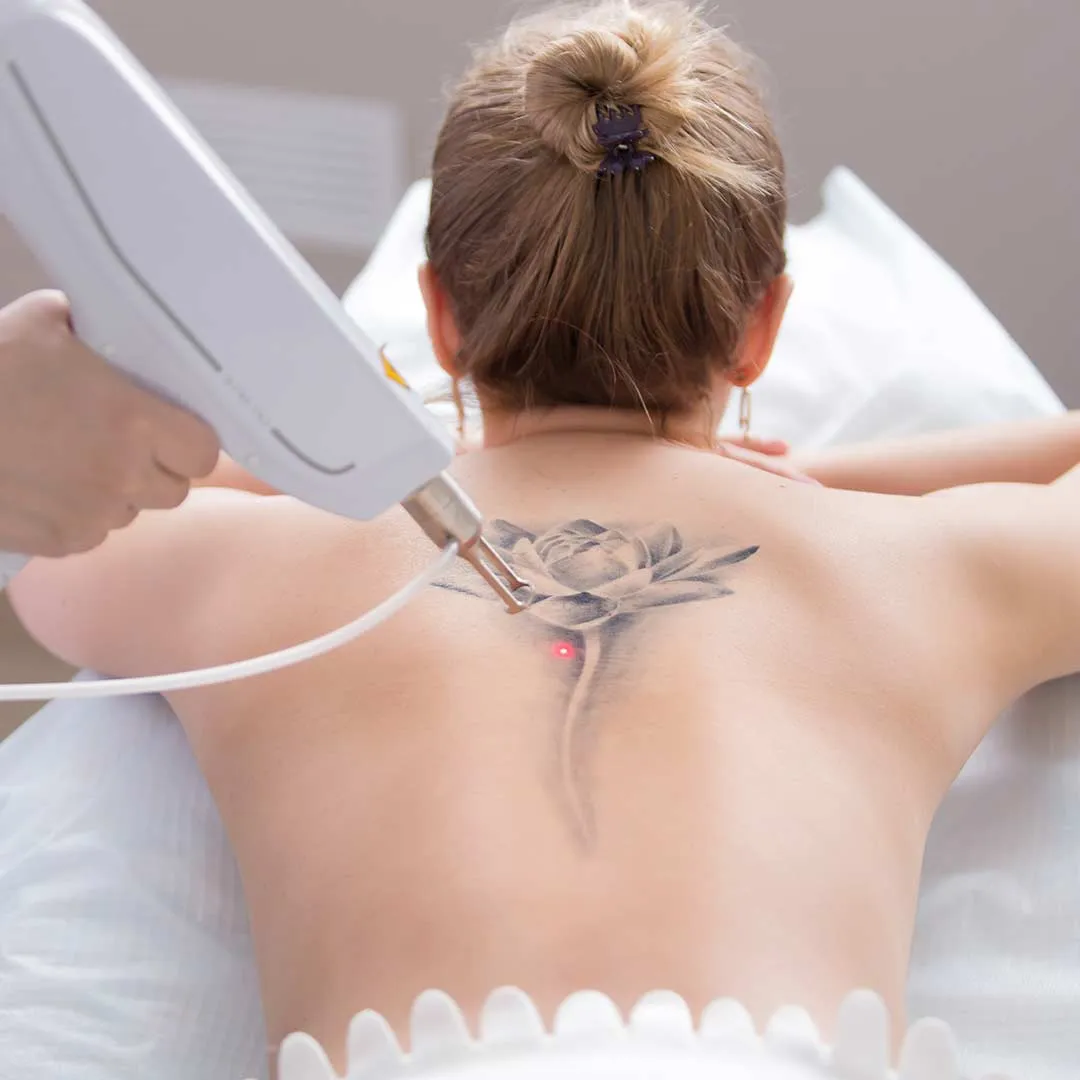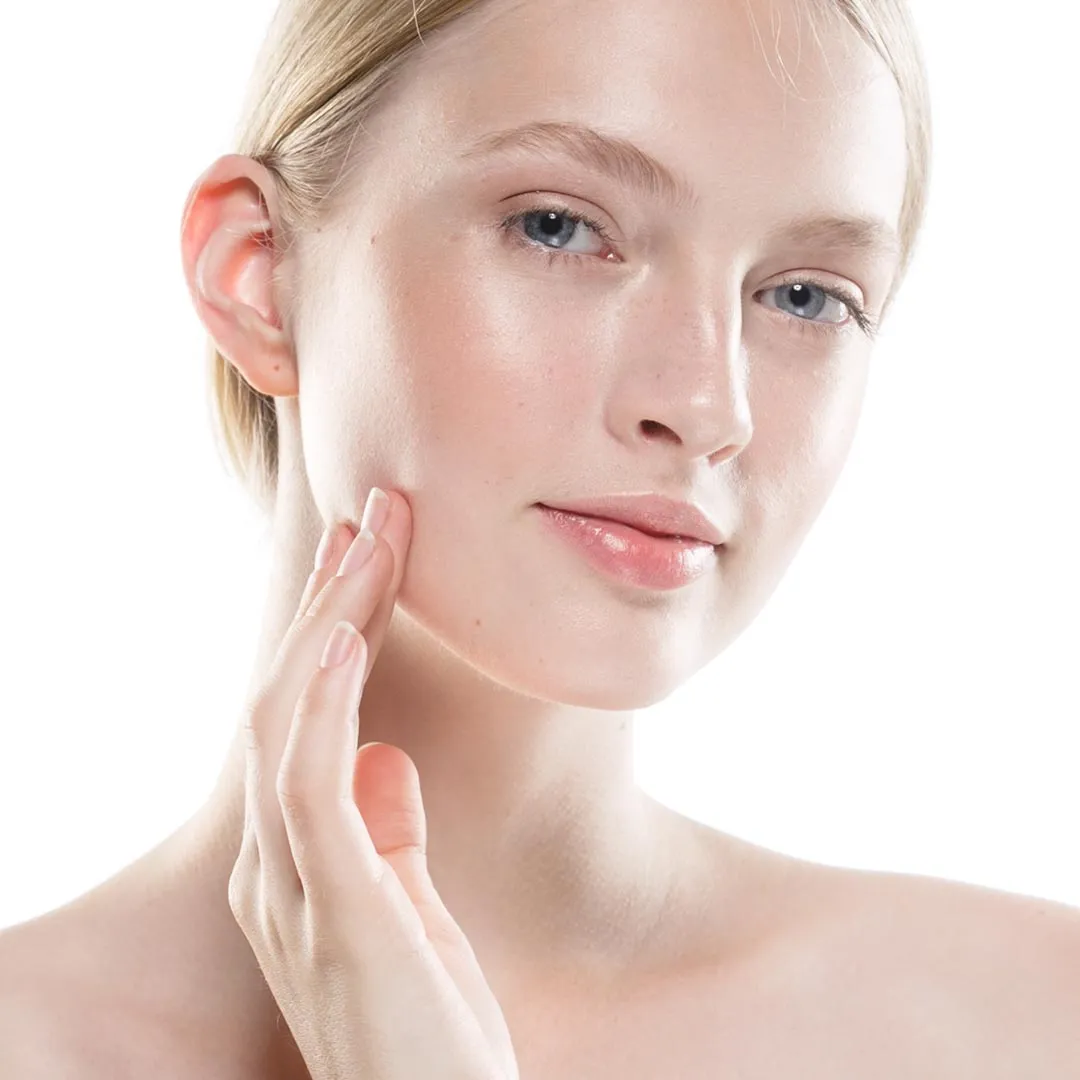Table of Contents
- Recovery Is Part of the Treatment
- Essential Tattoo Removal Aftercare Tips
- The Benefits of Getting Tattoo Removal Done Right
- Who Should Consider Tattoo Removal—and Why Aftercare Matters More for Some
- What to Expect: From Treatment Day to Full Recovery
- Common Questions About Tattoo Removal Aftercare
- Get Clearer Skin with Expert Support
Choosing to remove a tattoo can be a powerful decision—whether it’s for a fresh start, a career change, or simply because the design no longer fits who you are. Thanks to advanced technologies like PicoLazer®, tattoo removal is more efficient and comfortable than ever. But what many people don’t realize is that the success of tattoo removal doesn’t just depend on the laser—it depends on how you care for your skin afterward.
At Glo Med Spa in Austin, TX, we’ve seen how following proper tattoo removal aftercare makes a noticeable difference in both healing time and final results. If you’re investing in this process, it only makes sense to protect that investment by taking the right recovery steps at home. Here’s what you need to know about supporting the tattoo removal healing process—so you can avoid complications, speed up recovery, and get to clear skin faster.
Recovery Is Part of the Treatment
Even though the laser session may be over in minutes, your skin is still working hard to process the impact of the treatment. Tattoo removal breaks the ink into microscopic particles so your body can absorb and remove them through the lymphatic system. That’s why the healing phase is not just downtime—it’s active work happening beneath the surface.
Neglecting proper aftercare can lead to the following:
- Delayed results
- Increased risk of scarring
- Prolonged redness or irritation
- Infection or unwanted skin reactions
On the flip side, following a few simple post-treatment care steps can help your body do its job more effectively, especially when working with professional tattoo removal providers.
Essential Tattoo Removal Aftercare Tips
These steps can significantly speed up healing and reduce the risk of complications:
1. Keep It Clean, But Don’t Overdo It
Gently wash the area with lukewarm water and fragrance-free soap. Pat dry—don’t rub. Avoid scrubbing, soaking, or long showers for at least 48 hours.
2. Apply Healing Ointment
Use an antibacterial ointment or a product recommended by your provider. This helps protect the skin, prevent infection, and support moisture retention.
3. Avoid Sun Exposure
Sunlight can irritate healing skin and cause pigmentation changes. Cover the area or use a mineral-based SPF once the skin is closed.
4. Skip the Gym (For Now)
Heavy sweating and friction can increase irritation. Skip intense workouts and demanding physical tasks during the initial 48-hour period after your procedure.
5. No Picking or Scratching
As tempting as it is, resist picking at scabs or peeling skin. Doing so can lead to scarring or uneven pigment.
6. Stay Hydrated
Drink plenty of water. This supports your lymphatic system, which plays a key role in flushing out the ink particles.
7. Wear Loose Clothing
Tight clothing can rub against the treated area, causing discomfort and delaying healing. Choose breathable, soft fabrics instead.
The Benefits of Getting Tattoo Removal Done Right
It’s not just about removing ink. When tattoo removal is paired with proper care, the benefits can be both physical and emotional:
- Faster visible results with reduced inflammation
- Minimal downtime between sessions
- Lower risk of scarring or pigmentation issues
- Greater comfort during healing
- Better outcomes in fewer sessions, saving you time and money
- More confidence throughout the removal journey
Whether you’re addressing a small design or larger, more colorful pieces, quality aftercare helps maximize the results you see in your tattoo removal before and after comparisons.
Who Should Consider Tattoo Removal—and Why Aftercare Matters More for Some
Tattoo removal isn’t just for regrets or outdated art. Many clients choose it for personal growth, lifestyle changes, or professional reasons. You’re an ideal candidate if you:
- Are in generally good health
- Have unwanted tattoos—regardless of size, placement, or color
- Have realistic expectations about gradual fading
- Are willing to commit to multiple sessions and proper aftercare
Those with darker skin tones, sensitive skin, or compromised immune systems may require extra attention to tattoo removal aftercare to avoid irritation or hyperpigmentation, and in some cases, non-laser tattoo removal methods may provide a safer alternative to traditional laser treatments. Working with a provider like Glo Med Spa ensures your care plan is customized to your skin type and needs—contact us to get started with a personalized consultation.
What to Expect: From Treatment Day to Full Recovery
Here’s a breakdown of the tattoo removal process using the PicoLazer® system, known for its precision and minimal downtime.
Before Your Appointment:
- Avoid sun exposure, tanning, or sunburn in the area being treated.
- Shave the area if needed (your provider will advise).
- Don’t apply lotions, creams, or makeup before your visit.
- Keep your body well-hydrated and prioritize quality sleep.
Treatment Day:
- The session typically takes 15–45 minutes depending on tattoo size.
- PicoLazer® uses fast, high-energy pulses to break up the ink without damaging the surrounding skin.
- You may feel a sensation similar to a rubber band snap—mildly uncomfortable but manageable.
Immediately After:
- Expect some redness, swelling, or minor blistering.
- You’ll be given a protective dressing or ointment.
- Avoid touching or picking at the treated area.
Recovery Timeline:
- Redness and swelling usually subside within 24–48 hours.
- Skin begins to heal over the next 7–10 days.
- Fading continues between sessions as your body eliminates the ink.
Results begin showing after just one session, but full clearance often requires 3–6 sessions spaced 4–6 weeks apart.
Common Questions About Tattoo Removal Aftercare
Can I shower after tattoo removal?
Yes, but avoid direct water pressure on the area for 48 hours. Keep the area clean and dry, and gently pat it dry with a clean towel.
What happens if I get a blister?
Blisters are a common part of the tattoo removal healing process. Don’t pop them. Apply ointment and allow them to heal naturally to avoid scarring.
How do I know if my skin is healing properly?
Mild redness, itching, and flaking are normal. Signs of infection—such as excessive warmth, swelling, pus, or prolonged pain—should be reported to your provider right away.
Get Clearer Skin with Expert Support
Tattoo removal isn’t just a procedure—it’s a process that involves your commitment, your provider’s skill, and smart aftercare. The difference between a drawn-out healing phase and a smooth, successful recovery often lies in how well you treat your skin post-treatment.
At Glo Med Spa, we offer advanced tattoo removal in Austin, TX, using the PicoLazer® system for precise, comfortable treatments with shorter recovery times. And we guide you every step of the way with personalized aftercare tips based on your skin and tattoo type.
Whether you’re removing an old design or clearing space for new ink, we’re here to help. Book your free consultation today and take the first step toward skin you feel confident in.

